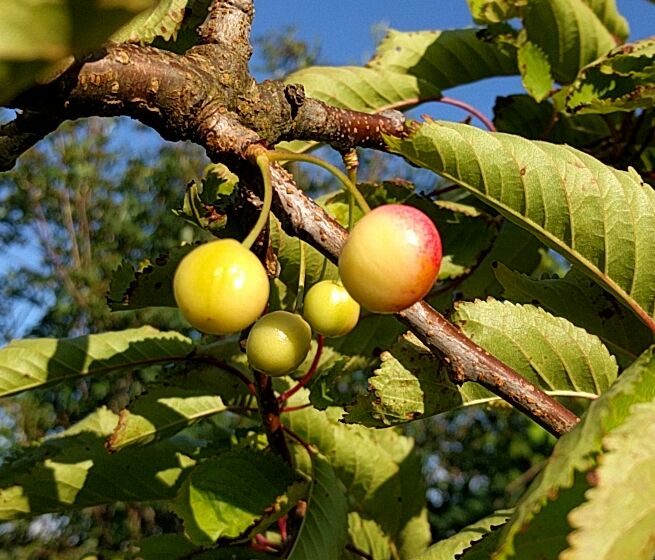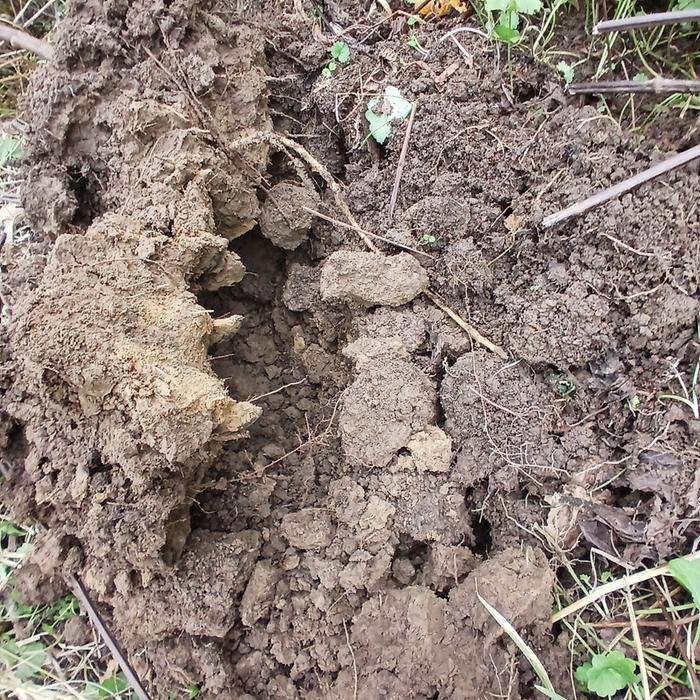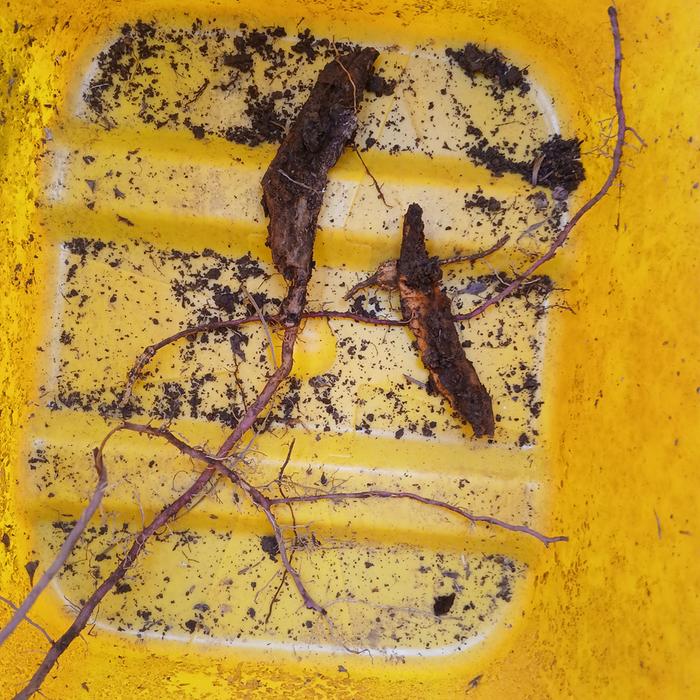

 18
18




 10
10




 9
9




Forever creating a permaculture paradise!








 13
13




 6
6




 11
11




Weeds are just plants with enough surplus will to live to withstand normal levels of gardening!--Alexandra Petri
 10
10




Life on a farm is a school of patience; you can't hurry the crops or make an ox in two days.
Henri Alain
 3
3




Life on a farm is a school of patience; you can't hurry the crops or make an ox in two days.
Henri Alain

 8
8





How Permies works: https://permies.com/wiki/34193/permies-works-links-threads
My projects on Skye: The tree field, Growing and landracing, perennial polycultures, "Don't dream it - be it! "
 12
12




"Irrigation is not something that you just dump something on. It's not a big truck. It's a series of tubes."

 9
9




- Tim's Homestead Journal - Purchase a copy of Building a Better World in Your Backyard - Purchase 6 Decks of Permaculture Cards -
- Purchase 12x Decks of Permaculture Cards - Purchase a copy of the SKIP Book - Purchase 12x copies of Building a Better World in your Backyard
 10
10




Tyler Grace wrote:1
2. Using inert mediums to propagate with. I made the mistake of watching too many YouTube videos that claimed you have to use inert materials like sand or coco coir to avoid bacterial infection in young rooting plants. While this may be true, it's not necessary and is a pain once the plant becomes reliant on nutrients within the soil. I now use amended native soil and (dare I say it) bagged topsoil, usually Happy Frog.
 7
7




Thom Bri wrote: I flood the soil with boiling water, then wait until it is just warm, then plant the seeds.
"Irrigation is not something that you just dump something on. It's not a big truck. It's a series of tubes."
 8
8




 7
7




I do Celtic, fantasy, folk and shanty singing at Renaissance faires, fantasy festivals, pirate campouts, and other events in OR and WA, USA.
RionaTheSinger on youtube
 9
9




"I hate how my body shivers at the idea of glory. There’s something deep in man that hungers for this. But I think it weakness, not strength, to abandon decency for that strange darker spirit."
 11
11




 9
9






'What we do now echoes in eternity.' Marcus Aurelius
How Permies Works Dr. Redhawk's Epic Soil Series










 4
4




Some places need to be wild

 8
8




For all your Montana Masonry Heater parts (also known as) Rocket Mass heater parts.
Visit me at
dragontechrmh.com Once you go brick you will never go back!
 5
5




 5
5




Zone 6, 45 inches precipitation, hard clay soil




 6
6





|
Good things happen to those who hustle --Anaïs Nin ... feel the hustle of this tiny ad!
Homestead Pastured Poultry course
https://permies.com/wiki/364740/Homestead-Pastured-Poultry
|





